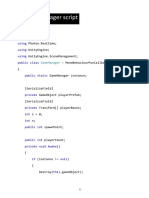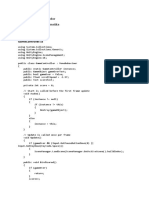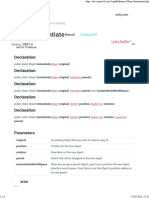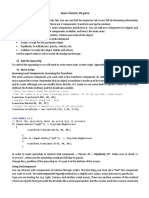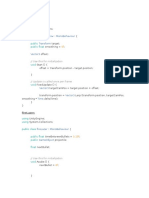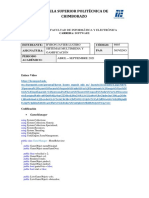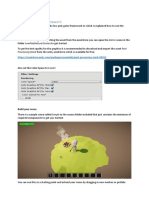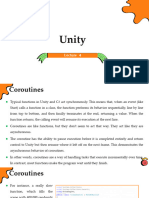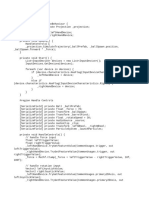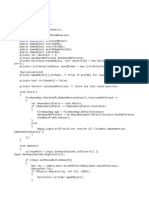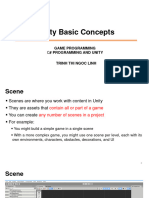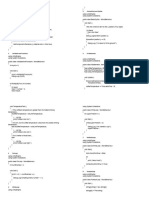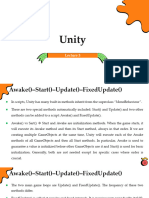0% found this document useful (0 votes)
31 views1 pageGameobjectpool
This document describes a GameObjectPool class that is used to spawn and return prefab game objects. The class spawns prefab game objects from a queue if available, or instantiates a new one if the queue is empty. It also returns game objects to the queue to be reused later.
Uploaded by
api-544307512Copyright
© © All Rights Reserved
We take content rights seriously. If you suspect this is your content, claim it here.
Available Formats
Download as TXT, PDF, TXT or read online on Scribd
0% found this document useful (0 votes)
31 views1 pageGameobjectpool
This document describes a GameObjectPool class that is used to spawn and return prefab game objects. The class spawns prefab game objects from a queue if available, or instantiates a new one if the queue is empty. It also returns game objects to the queue to be reused later.
Uploaded by
api-544307512Copyright
© © All Rights Reserved
We take content rights seriously. If you suspect this is your content, claim it here.
Available Formats
Download as TXT, PDF, TXT or read online on Scribd
/ 1









